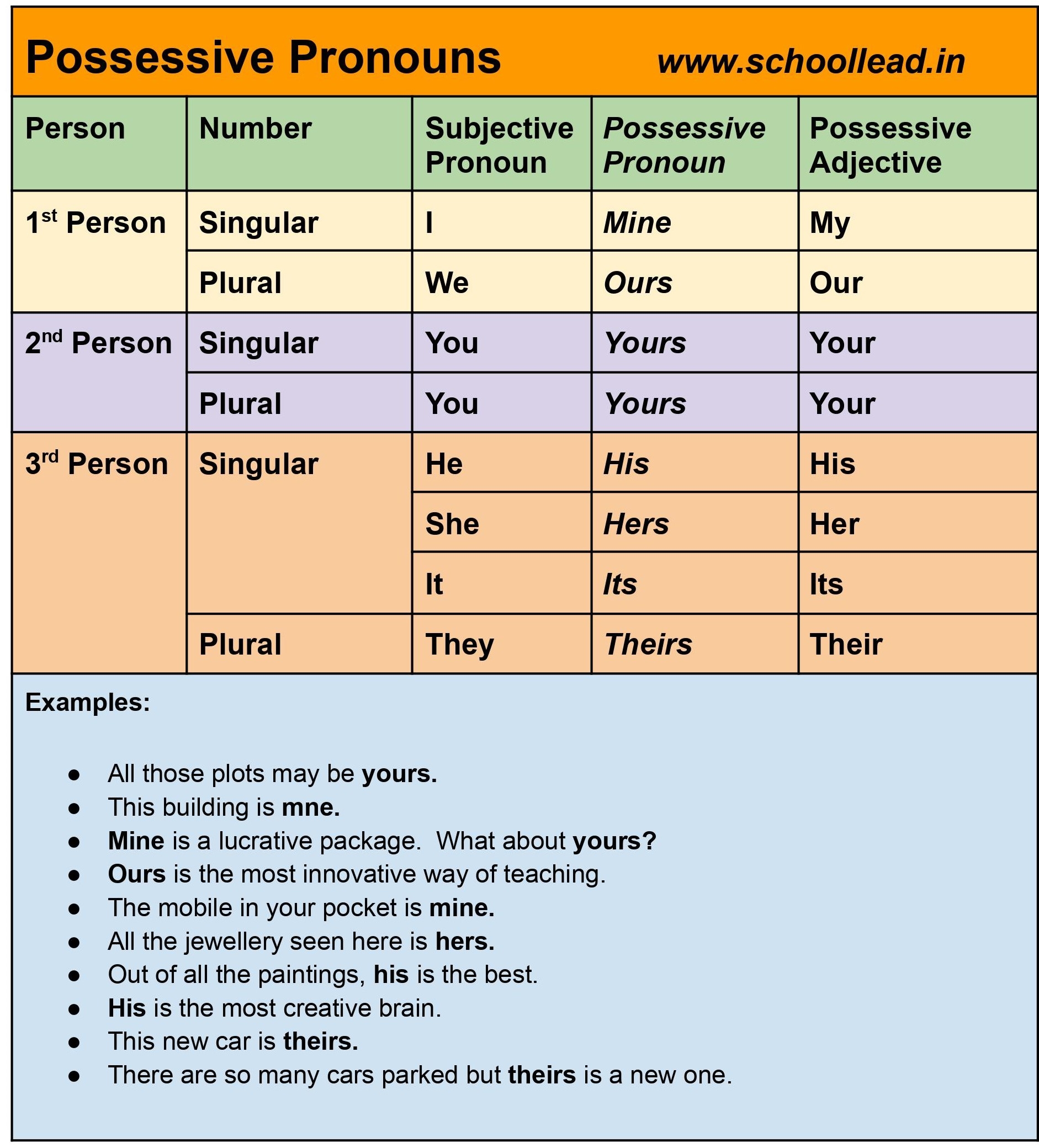When learning about grammar, possessive nouns are an important concept to understand. Possessive nouns show ownership or possession of something. They are used to indicate that something belongs to someone or something. In English, possessive nouns are formed by adding an apostrophe and the letter “s” (‘s) to the end of a noun. Here are 10 examples of possessive nouns:
Each of these examples shows ownership or possession of something by adding the possessive apostrophe and “s” to the noun. Possessive nouns are used in sentences to make it clear who or what owns or possesses something. They are an essential part of English grammar and are used frequently in writing and speaking.
It is important to remember that possessive nouns can be singular or plural. When the noun is singular, you add an apostrophe and “s” (‘s). When the noun is plural and already ends in “s”, you just add an apostrophe at the end. For example, “The students’ essays” shows that the essays belong to the group of students.
Using possessive nouns correctly can help to make your writing more clear and concise. They indicate ownership and help to avoid confusion about who or what possesses something. Practice using possessive nouns in sentences to improve your grammar skills and make your writing more polished and professional.
Conclusion
Understanding possessive nouns is essential for mastering English grammar. By using possessive nouns correctly, you can clearly indicate ownership and possession in your writing. Practice using possessive nouns in sentences to improve your grammar skills and communicate more effectively.
